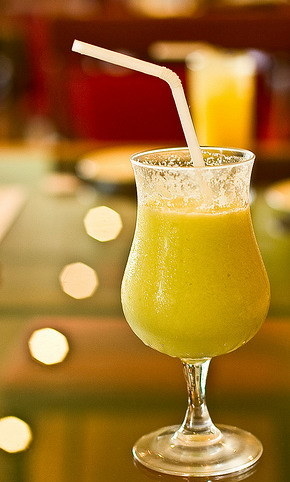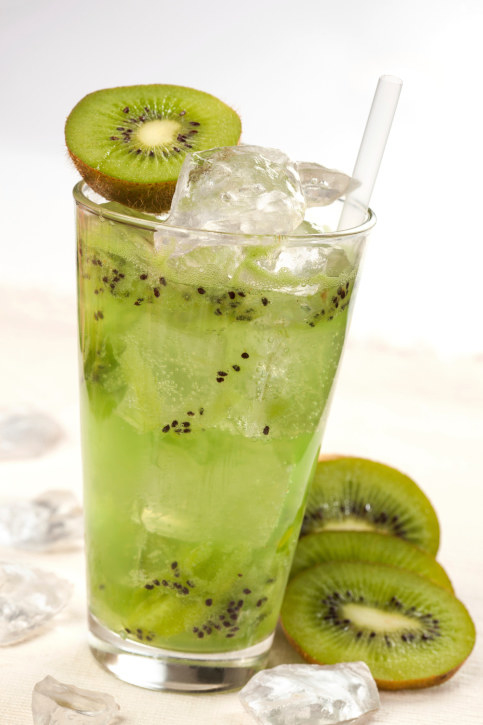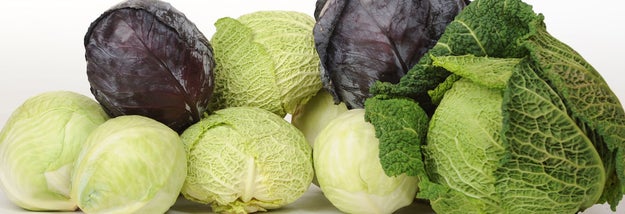The Guardian recently published a story discussing America’s obsession with Turmeric Lattes.
Turmeric (Haldi) is the vibrant yellow-orange kitchen herb affectionately known as the magic sword against inflammation, infections and immunity booster. It was birthed in India and centuries ago crowned as one of the great dosha balancers in ayurvedic medicine. With all the healing benefits, your child can taste the inherent goodness with each sip. It is just as delicious as it is nutritious. Since ages Indians have known the goodness of this golden spice and used in their kitchen for culinary purpose. Its many benefits have made it quite popular worldwide and these days turmeric is used in many preparations including beauty products, medicines and health supplements.
Here are few Health Benefits of Turmeric Latte (Haldi Doodh) listed below:
Anti-Inflammatory
Turmeric milk is anti-inflammatory, and can prevent and protect from arthritis and stomach ulcers. It is also known as ‘natural aspirin’ in Ayurvedic medicine and can cure headaches, swelling and pain.
Respiratory Illness
Turmeric milk is an antimicrobial that attacks bacterial infections and viral infections. It is useful for treating illnesses related to the respiratory system, since the spice heats up your body and provides quick relief from lung congestion and sinuses. This is also an effective remedy to cure asthma and bronchitis.
Cold And Cough
Turmeric milk is considered the best remedy for cold and cough due to its antiviral and antibacterial properties. It gives instant relief to a sore throat, cough and cold.
 Aches And Pains
Aches And Pains
Turmeric golden milk gives the best relief from aches and pains. This can also strengthen the spine and the joints in the body.
Heal Wounds
Turmeric happens to be a natural antiseptic as well as an antibacterial agent hence it is a great disinfectant. If your child has a wound then all you need to do is sprinkle some turmeric powder on the wound, this will speed up the healing process. Having turmeric milk will help to heal the wound from inside too.
Antioxidant Rich
Turmeric milk is an excellent source of antioxidants that fight free radicals. It can cure many ailments.
Blood Purifier
Turmeric milk is considered an excellent blood purifier and cleanser in Ayurvedic tradition. It can revitalize and boost the blood circulation in the body. It is also known as a blood thinner that cleanses the lymphatic system and the blood vessels from all impurities.The presence of a wide range of vital nutrients in this milk boosts blood circulation.
Liver Detox
Turmeric milk is a natural liver detoxifier and blood purifier that boosts the liver function. It supports the liver and cleanses the lymphatic system.
Bone Health
Turmeric milk is a good source of calcium which is necessary to keep the bones healthy and strong. Turmeric milk lowers the bone loss and osteoporosis.
Digestion
It is a powerful antiseptic that promotes intestinal health and treats stomach ulcers and colitis. This helps in better digestion and prevents ulcers, diarrhoea and indigestion.
Protects from hepatitis
The antiviral action of turmeric milk is due to the presence of curcumin that prevents viruses from multiplying in the body, thereby hindering their growth. Additionally, it boosts your immune system and protects the liver from viral attack. Here are some key steps to prevent viral hepatitis.

Give a glass of Turmeric Milk to your baby a day and keep them healthy and agile.
Recipe - Turmeric Latte
INGREDIENTS (Serves - 1)
1 cup unsweetened almond, dairy or coconut milk
1 tablespoon fresh turmeric root, grated (or use approximately 2 teaspoons turmeric paste)
1 teaspoon cinnamon powder
1 tablespoon grated fresh ginger root (or 1 teaspoon ground)
1 tablespoon coconut oil
Raw honey or sugar (As per the taste)
Pinch of black pepper (optional)
Note:
To make the turmeric paste, combine 2 parts turmeric powder with 1 part boiling water. Mix and store any extra in the fridge for up to 5 days.
METHOD
Gently warm the milk in a small saucepan. Do not boil. Add turmeric, ginger and cinnamon. Next, combine coconut oil with the mixture and gently heat together until melted. Whisk with immersion blender to create a foam. Continue to stir until frothy and heated through.
Stir in honey or sweetener of choice to taste. Sprinkle with cinnamon powder if desired. Sip, savor & enjoy.



















